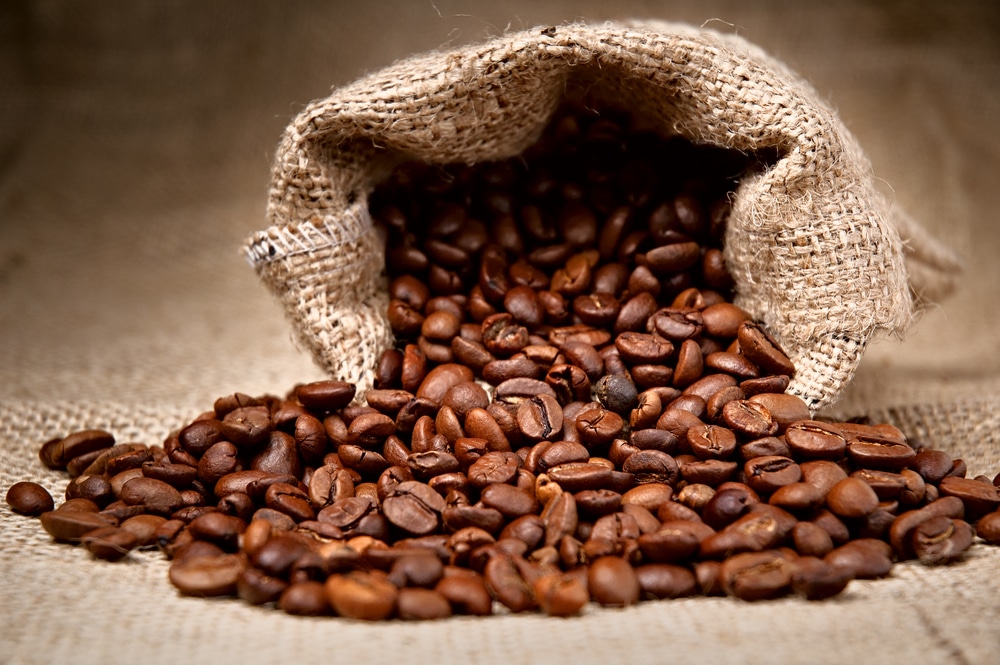Decaffeinated Coffee Caffeine Content: Examining the Hidden Caffeine Levels
Contrary to common belief, decaffeinated coffee is not completely devoid of caffeine. A critical analysis of various decaffeinated coffee samples reveals surprising findings. Decaf coffee from different outlets showed a caffeine range of 0 to 13.9 mg per 16-ounce serving. Remarkably, specific samples from Starbucks, including decaffeinated espresso and brewed coffee, contained between 3.0 to 15.8 mg of caffeine per shot and 12.0 to 13.4 mg per 16-ounce serving, respectively.
This evidence highlights a significant fact: while decaf coffee is a low-caffeine option, it is not entirely caffeine-free. This information is particularly vital for individuals on caffeine-restricted diets or those who are sensitive to caffeine. Understanding the actual caffeine content in decaffeinated coffee is crucial for these individuals to make informed dietary choices.
Health Implications of Low-Level Caffeine in Decaf Coffee
- Sleep: Caffeine, even in low amounts, can interfere with sleep by blocking adenosine, a hormone important for sleep. It also affects other hormones like dopamine, serotonin, norepinephrine, and GABA, which can influence sleep patterns. For those sensitive to caffeine, even small amounts in decaf coffee could disrupt sleep quality.
- Anxiety: People with caffeine sensitivity or underlying anxiety disorders might experience increased anxiety with caffeine intakes of 400 mg or more per day. Decaf coffee, with its lower caffeine content, is less likely to trigger these effects but can still contribute, particularly in sensitive individuals.
- Cardiovascular Health: Caffeine stimulates the heart and temporarily raises blood pressure. However, clinical trials have not found significant negative effects of caffeine on blood pressure, even in people with hypertension. Moreover, studies have not shown a link between caffeine intake and increased risk of heart disease or stroke.
- Pregnancy and Fertility: High caffeine intake during pregnancy can increase the risk of miscarriage and low birth weight. However, lower intakes (no more than 200 mg a day) have not been found harmful. Similarly, caffeine consumption, whether low, medium, or high, does not appear to increase infertility risk.
- Liver Disease and Gallstones: Higher caffeine intake, mostly from regular coffee, is associated with a lower risk of liver disease. Caffeine also seems to offer protection against gallstones, but this effect is stronger with caffeinated coffee compared to decaffeinated varieties.
- Neurological Disease and Asthma: Caffeine may protect against Parkinson’s disease and has actions similar to asthma medications. It can improve breathing in asthmatic individuals and has been used to treat breathing difficulties in premature infants.
- Diabetes: Regular caffeine intake is not associated with an increased risk of diabetes. In fact, studies show that regular coffee consumption, including decaf, is associated with a lower risk of type 2 diabetes.
The Limits of Decaffeination: Why Does Decaf Coffee Retain Caffeine?
Decaffeinated coffee still contains trace amounts of caffeine due to the limitations of the decaffeination processes. These processes, primarily involving organic solvents, supercritical CO2, and water, aim to reduce caffeine content while preserving flavour.
Organic Solvents: Commonly used solvents include dichloromethane and ethyl acetate. These solvents extract caffeine from the coffee beans, and the caffeine-laden solvent is later separated from the beans. Despite the efficiency of this method, it doesn’t completely eliminate caffeine.
Supercritical CO2 Process: This method involves using CO2 under high pressure to extract caffeine. It is known for its selectivity, primarily targeting caffeine while retaining more flavour molecules compared to organic solvents.
Water Process (Swiss Water Process): This method utilises water to extract caffeine. Coffee beans are soaked in water, which contains all soluble solids except caffeine. The caffeine then migrates from the beans into the water. Subsequent filtration of the water removes the caffeine.
Despite the sophistication of these methods, they do not achieve complete caffeine removal, typically leaving about 1-2% of the original caffeine content in the decaffeinated beans or leaves. Quality assurance teams, including chemists, actively monitor caffeine levels and ensure that decaffeination processes meet required standards.
Factors Influencing Caffeine Content in Decaffeinated Coffee
The caffeine content in decaffeinated coffee is influenced by various factors, each playing a role in the final caffeine level of the brew.
- Coffee Bean Variety: Arabica and Robusta are the two primary types of coffee beans used commercially. Robusta beans naturally contain higher caffeine levels than Arabica. Therefore, decaf coffee made from Robusta beans may retain more caffeine compared to those made from Arabica beans.
- Roasting Degree: Contrary to popular belief, the roasting level (light or dark) does not significantly impact the caffeine content in coffee beans. However, the roasting process affects bean density. Dark roast beans, being less dense, require more beans by weight to make a brew, potentially leading to slightly higher caffeine content if measured by weight.
- Brewing Method: Different brewing methods can extract varying amounts of caffeine. Methods with a higher level of extraction, like using finer grinds or hotter water, will generally produce coffee with higher caffeine content. Full immersion brewing methods also allow for longer brewing times, which can extract more caffeine.
- Water Temperature and Pressure: Higher water temperatures and pressure during brewing can lead to more caffeine being extracted. This is especially relevant in methods like espresso, where hot water is forced through coffee grounds under high pressure.
- Bean Processing: The method used for decaffeinating coffee beans also plays a role. Some methods are more effective at reducing caffeine content than others. For instance, water-based methods tend to leave more caffeine in the beans compared to solvent-based methods.
- Geographical Origin and Bean Composition: The origin of the coffee bean and its inherent chemical composition, including factors like polysaccharides, lipids, and chlorogenic acids, can also influence the caffeine content in the final brew.
Sensitive individuals should consider these variables when choosing their coffee.
Navigating the World of Decaf Coffee and Caffeine
In conclusion, while decaffeinated coffee offers a reduced caffeine alternative to regular coffee, it’s important to recognise that it is not completely caffeine-free. The residual caffeine content, influenced by factors such as bean variety, roasting degree, brewing method, and decaffeination process, can still have health implications, particularly for individuals with caffeine sensitivities or specific health conditions.
Consumers should be mindful of these factors when selecting and consuming decaffeinated coffee. For those particularly sensitive to caffeine, understanding the nuances of decaffeinated coffee can aid in making informed choices that align with their health and wellness goals.
References
- Van Dam, R. M., & Hu, F. B. (2022, May 17). Caffeine consumption and cardiovascular health. Nature Reviews Cardiology. https://doi.org/10.1038/s41569-022-00719-4
- Caffeine. (2023, February 2). The Nutrition Source. https://www.hsph.harvard.edu/nutritionsource/caffeine/
- Decaffeination – how does it work? (n.d.). RSC Education. https://edu.rsc.org/feature/decaffeination-how-does-it-work/4013450.article
- McCusker, R. R., Fuehrlein, B., Goldberger, B. A., Gold, M. S., & Cone, E. J. (2006, October 1). Caffeine Content of Decaffeinated Coffee. Journal of Analytical Toxicology. https://doi.org/10.1093/jat/30.8.611
- McCusker, R. R., Fuehrlein, B., Goldberger, B. A., Gold, M. S., & Cone, E. J. (2006, October 1). Caffeine Content of Decaffeinated Coffee. Journal of Analytical Toxicology. https://doi.org/10.1093/jat/30.8.611
- Olechno, E., Puścion-Jakubik, A., Zujko, M. E., & Socha, K. (2021, May 27). Influence of Various Factors on Caffeine Content in Coffee Brews. Foods. https://doi.org/10.3390/foods10061208












